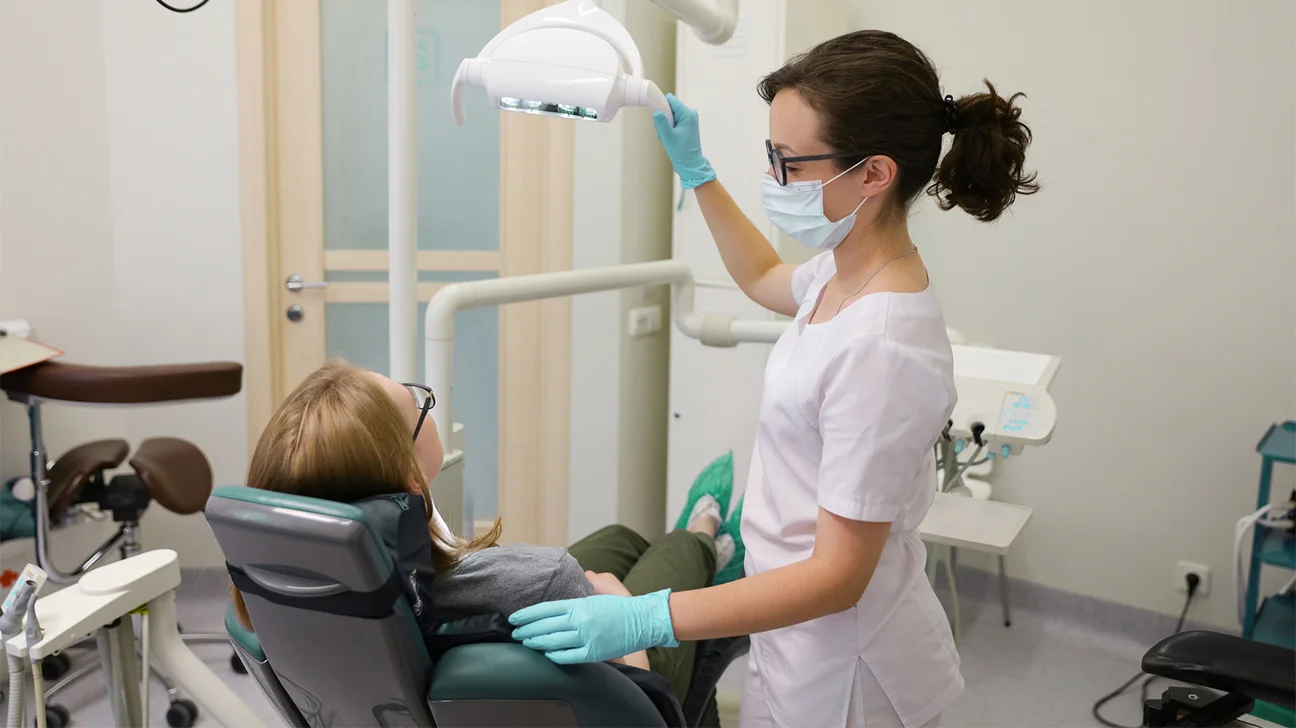Eating After a Filling: A Comprehensive Guide
Getting a dental filling is a common procedure used to repair cavities and restore the health of your tooth. While the procedure itself is typically quick and relatively painless, many patients wonder how long they need to wait before resuming their normal eating habits. This guide will delve into everything you need to know about eating after a filling, including wait times, food recommendations, and helpful tips for a smooth recovery.
Understanding Filling Materials and Setting Times
The type of filling material used plays a crucial role in determining how long you need to wait before eating. There are two main types of fillings:
-
Amalgam (Silver) Fillings: These traditional fillings are composed of a mixture of metals, including mercury, silver, tin, and copper. Amalgam fillings take longer to harden completely, typically requiring around 24 hours.
-
Composite (White/Tooth-colored) Fillings: Made from a resin material, composite fillings are cured using a special blue light during the procedure. This process allows them to harden almost instantly.
Factors Affecting Wait Time After Filling
Beyond the filling material itself, other factors can influence your wait time before eating:
-
Anesthesia: Local anesthesia is often used during a filling procedure. This can leave your mouth numb, making it difficult to chew safely and potentially causing you to bite your tongue or cheek. It’s generally recommended to wait at least two hours after the numbness subsides before eating solid foods.
-
Complexity of the Filling: Extensive fillings, particularly those involving multiple surfaces of the tooth, might require additional setting time for the material to fully bond with the tooth structure.
-
Dentist’s Recommendation: Your dentist will examine your specific situation and provide personalized advice on waiting time based on the type of filling, location, and complexity of the procedure.
What You Can Eat After a Filling
While the wait time for eating solid foods may vary, there are plenty of soft and gentle options you can enjoy right after your filling:
-
Soft Fruits: Mashed bananas, applesauce, pears, and ripe mangoes are excellent choices.
-
Yogurt: Opt for plain yogurt or yogurt with a minimal amount of added sugar.
-
Soups: Lukewarm, creamy soups like cream of broccoli or tomato are soothing and easy to swallow.
-
Scrambled Eggs: A soft and protein-rich option that’s gentle on your teeth.
-
Mashed Potatoes: Skip the chunky toppings and enjoy a smooth and comforting side dish.
-
Oatmeal: This filling and nutritious option is easily digestible.
Foods to Avoid After a Filling
Here are some foods you should avoid for at least 24 hours (or as directed by your dentist) after getting a filling:
-
Hard Foods: Nuts, seeds, raw vegetables, hard candies, and crunchy chips can put stress on the new filling and potentially dislodge it.
-
Sticky Foods: Caramels, taffy, and chewy candies can stick to the filling and compromise its integrity.
-
Sugary Foods: Sugary treats promote bacterial growth and can irritate the newly filled area.
-
Spicy Foods: Spicy foods can cause sensitivity and discomfort in the area around the filling.
-
Very Hot or Cold Foods: Extreme temperatures can cause discomfort and potentially irritate the sensitive area.
General Tips for Recovery After a Filling
-
Practice Gentle Chewing: When you do resume eating solid foods, chew carefully and avoid using the filled tooth for initial bites.
-
Maintain Good Oral Hygiene: Continue brushing and flossing your teeth regularly, being gentle around the filled area.
-
Manage Sensitivity: If you experience sensitivity to hot or cold after the filling, use desensitizing toothpaste or consult your dentist for further advice.
-
Pain Management: Over-the-counter pain relievers like ibuprofen or acetaminophen can help manage any discomfort after the procedure.
-
Follow-up Appointment: Schedule a follow-up appointment with your dentist to ensure the filling is healing properly.
FAQ on Eating After a Filling
Q: Can I eat right after a filling with a white filling?
A: While composite fillings harden quickly with a blue light, your dentist might recommend waiting at least two hours before eating solid foods due to potential numbness from anesthesia.
Q: How long does it take for an amalgam filling to completely harden?
A: Amalgam fillings require around 24 hours to fully harden and reach maximum strength.
Q: What happens if I eat too soon after a filling?
A: Eating too soon, especially hard or sticky foods, can dislodge the filling or cause it to chip.
Q: What should I do if I experience pain after a filling?
A: Mild discomfort is normal after a filling. If you experience significant pain, contact your dentist to rule out.




